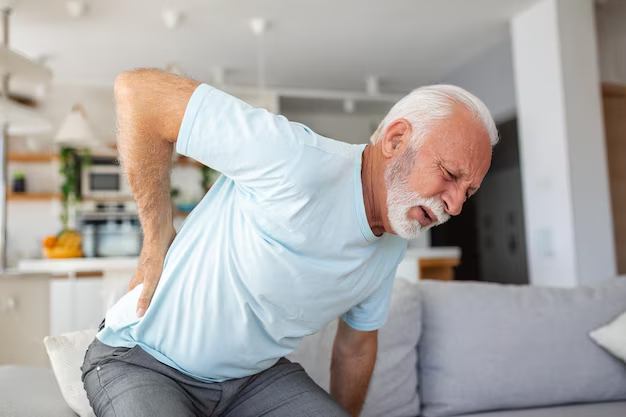Understanding Osteoporosis Pain: What You Should Know
When it comes to osteoporosis, a prevalent bone condition that affects millions worldwide, the first question many ask is: Does osteoporosis hurt? While osteoporosis itself often progresses silently without any pain, it does increase the risk of fractures, which can be uncomfortable or downright painful. This article delves into how osteoporosis can lead to pain and highlights some potential resources for those managing this condition.
How Osteoporosis Leads to Pain
Silent Until It Breaks
Osteoporosis is known as a "silent disease" because it develops without symptoms until a fracture occurs. Bones weakened by osteoporosis become fragile, making them much more susceptible to breaks. The pain linked with osteoporosis primarily stems from these fractures, which can occur with minimal stress or during normal activities.
Common Painful Fractures
- Spinal Fractures: Also known as vertebral compression fractures, these can cause sudden and severe back pain, decreased height, and spinal deformities over time.
- Hip Fractures: These are particularly serious and often result from falls. The recovery process can be long and painful, often requiring surgery.
- Wrist and Ankle Fractures: While less severe, these also contribute significantly to pain and reduced mobility.
Handling Osteoporosis: Financial and Educational Resources
Given the potential for serious medical expenses and the need for lifestyle adjustments, understanding available financial assistance programs is crucial. While managing osteoporosis, here are some steps and resources that might help ease the financial burden.
Government Aid Programs
Options such as Medicare and Medicaid may cover osteoporosis screening, treatment, and rehabilitation services. Seniors and at-risk individuals should explore these programs to help mitigate healthcare costs.
Financial Assistance
- Patient Assistance Programs: Many pharmaceutical companies offer programs that provide medications at reduced costs or even for free.
- Non-profit Organizations: Some organizations may offer grants or assistance to help cover the costs associated with osteoporosis treatment, including medication, medical equipment, and therapy.
Credit and Debt Relief Options
- Medical Loans: For those facing significant medical expenses, low-interest personal loans specifically designated for healthcare costs can be a useful option.
- Credit Counseling Services: These services can assist individuals in managing medical debt, providing tailored plans to ensure expenses remain manageable.
Educational Opportunities
- Workshops and Seminars: Many communities offer free or low-cost informational sessions on osteoporosis management, focusing on lifestyle adjustments, exercise routines, and dietary tips to strengthen bone health.
- Online Courses and Resources: Websites dedicated to osteoporosis provide a wealth of information, from understanding the disease to cooking classes focused on bone-supportive nutrition.
Exploring Support Programs
For a smoother journey towards managing osteoporosis both physically and financially, consider the following resources:
- 🏦 Medicare/Medicaid: Check eligibility for coverage of screenings and treatment.
- 💊 Patient Assistance Programs: Explore options for free or discounted medications.
- 🤝 Non-Profit Assistance: Seek grants for medical equipment or services.
- 💸 Medical Loans: Investigate low-interest loans to manage immediate healthcare costs.
- 📚 Educational Workshops: Attend community seminars for lifestyle and dietary guidance.
Understanding that osteoporosis pain is primarily from fractures allows individuals to seek preemptive care and financial solutions, ensuring this silent condition doesn't lead to immobilizing discomfort or financial strain. With the right information and resources, managing osteoporosis becomes less daunting, empowering those affected to maintain their quality of life.

Related Topics
- a Nurse Is Caring For a Client Who Has Osteoporosis.
- a Percutaneous Is Performed To Treat Osteoporosis Related Compression Fractures
- Can Alcohol Cause Osteoporosis
- Can I Do Pilates If I Have Osteoporosis
- Can I Reverse Osteoporosis
- Can Men Get Osteoporosis
- Can Osteoporosis Affect Teeth
- Can Osteoporosis Be Cured
- Can Osteoporosis Be Painful
- Can Osteoporosis Be Reversed